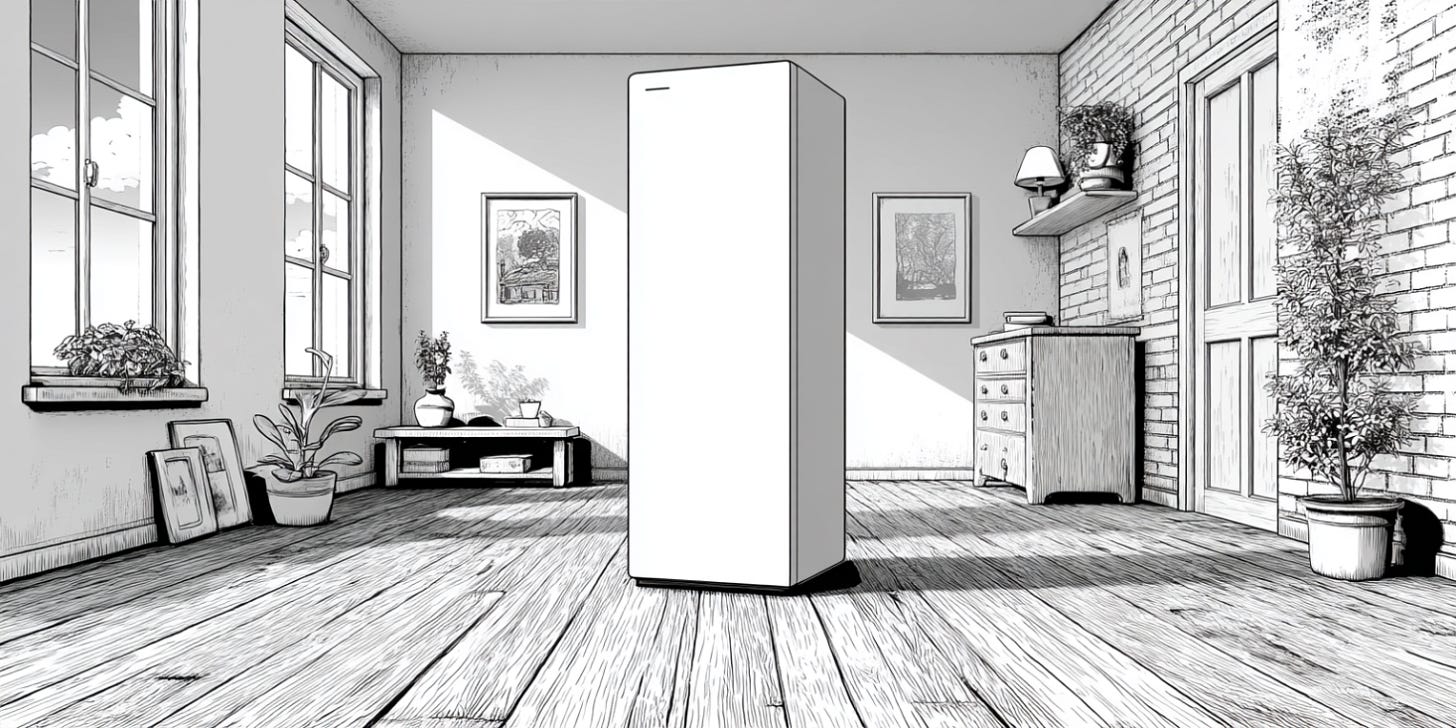You Can't Rent a Moat
Why competitive advantage can't be rented from SaaS vendors
Every tech company is running the same playbook: Salesforce for CRM, HubSpot for marketing, AWS for infrastructure, OpenAI for “AI,” Snowflake for analytics.
Then they wonder why they have no competitive advantage.
David Heinemeier Hansson saw this differently. When 37signals wanted to build an innovative email product, he didn’t fiddle with Gmail APIs. He built an email server from scratch. His logic: “If you want to do interesting things with email, you have to own the email server.”
Then he did something even more radical. He pulled everything off AWS. Spent $700,000 on Dell servers. Saved $2 million the first year. Will save over $10 million in five years.
A $350 mini PC costs $1,200 per month on Heroku for the same computing power. That’s not a service fee. That’s a stupidity tax.
The Rental Trap
Netflix’s recommendation algorithm drives 80% of viewing time. It saves them roughly $1 billion annually. Amazon’s generates 35% of revenue. TikTok’s is worth over $100 billion.
You can’t buy that from a vendor. You have to build it.
But most companies never will. They’re too busy configuring Salesforce and celebrating their “unique integration strategy.” Which is identical to everyone else’s unique integration strategy.
AI Changed Everything
Two years ago, “AI-powered” was a differentiator. Today, analysts openly ask: “Are you just an LLM wrapper?” Because if you are, you’re replaceable.
The models are commoditized. LLaMA is open source. If your competitive advantage is prompt engineering on top of OpenAI’s API, your competitor replicates you by Tuesday.
But here’s the twist: AI also makes building ridiculously easier. What used to take a team of specialists months now takes one good engineer with Claude or Cursor a weekend.
The barrier to creating proprietary technology is collapsing exactly when renting commodity technology becomes worthless.
The Death Spiral
There are 702 CRM solutions on G2. Not because we need 702 CRMs. Because CRM is so commoditized that nobody can differentiate. Everyone’s selling the same thing with different logos.
The SaaS vendors are trapped: You ship a feature. Competitors copy it in three weeks. Customers choose on price. Margins compress. Nobody wins.
Meanwhile, 37signals runs on servers they bought six years ago. Still working. Still paid off. Still compounding.
The Five-Year Test
Building sucks at first. It’s slower. Harder. Buggier.
But ask this: What would you have if you’d spent five years building things only you have?
The answer is the only real moat: proprietary technology so specific to your business that competitors can’t buy it, rent it, or copy it without years of work.
We’ve forgotten how to think this way. Quarters. Sprints. Annual OKRs. A decision that pays off in year four feels irresponsible.
But year four is where competitive advantage actually lives.
What Do You Own?
Ask your board: What technology do we own that competitors don’t?
If the answer is “our Salesforce configuration” or “our integration layer,” you own nothing. You’re renting shelf space.
Real ownership sounds like: “We built our own recommendation engine because nothing else could do real-time personalization at our scale. Our conversion rates are 40% higher than category average.”
Or: “We built our own data pipeline for sub-second latency. That’s why we do same-day delivery and competitors take three days.”
Buy commodity stuff. Email. Calendar. Video conferencing. Anything where different doesn’t matter.
But when something’s core to how you deliver value? When it’s why customers choose you?
Own it.
The CTOs who can still code, who understand infrastructure, who think in five-year horizons while everyone else thinks in quarters? They’re building companies that are genuinely hard to compete with.
The ones managing vendor relationships are running the same company as everyone else with a different logo on top.
You can’t rent a moat.
You have to build it.

